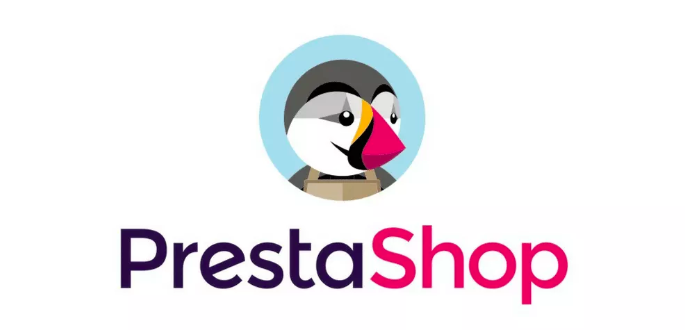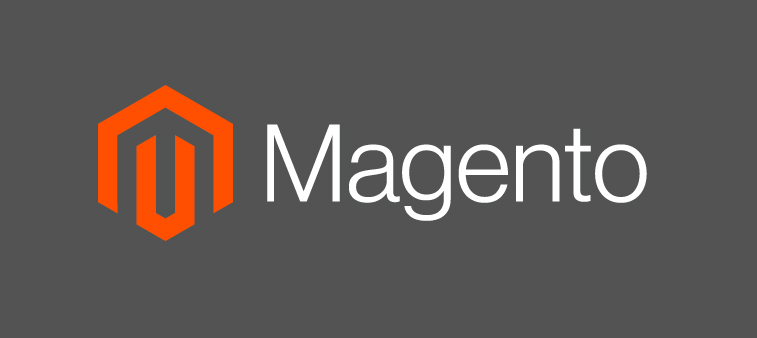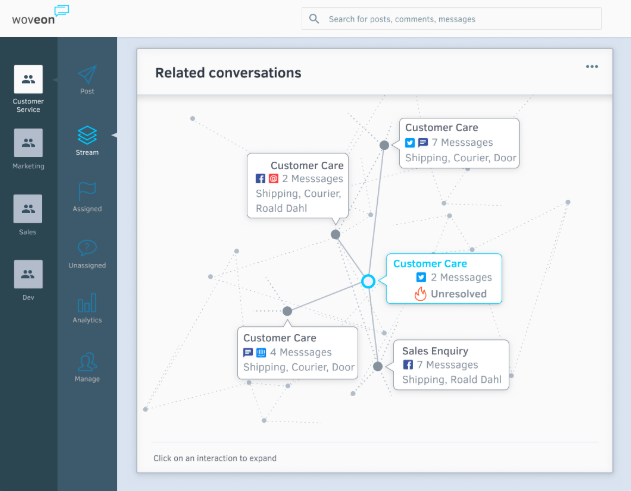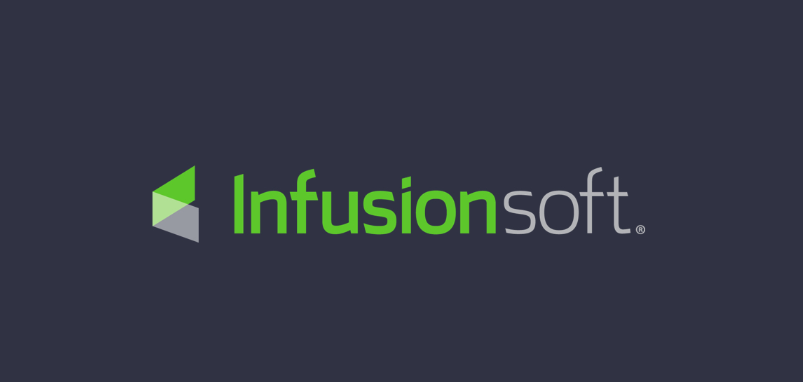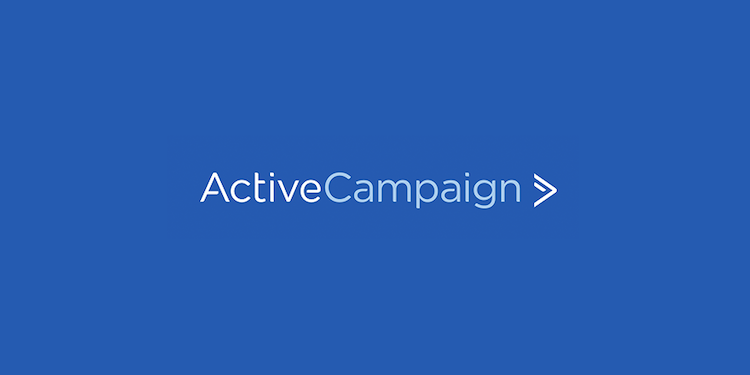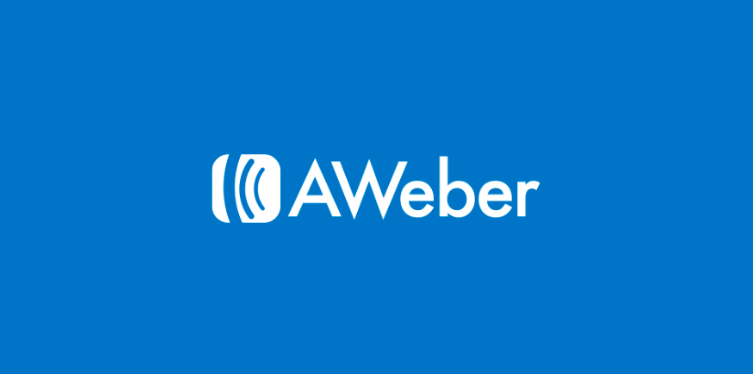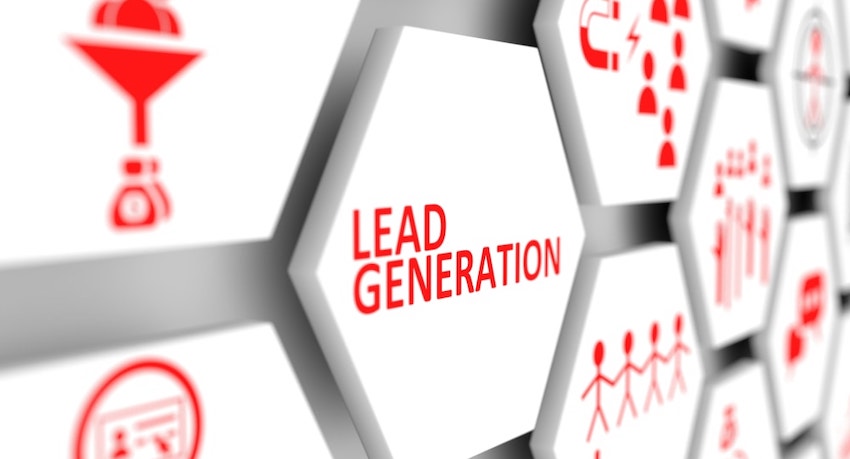Recently I wrote an article for LinkedIn titled “Can we maintain the human touch with customer service?” I couldn’t help think about how fast we are moving with Artificial Intelligence that the question still remains, I am not worried about 5 years from now or what new customer interactions will be digital, but how will businesses maintain the reality check with their customers? Surely digital chat bots and automated ticketing systems will ask random customers surveys about what they thought about their service response and the level of happiness to refer another customer. To implement is very easy but to keep the human connection with your customers will be the challenge.

Deliver Smarter Customer Service Solutions
At Woveon, we watch and analyse through thousands of conversations all uniquely handled by diligent customer service agents who, assisted with technology, work tirelessly around the clock to acknowledge, understand, listen to and resolve the incoming customer conversation. Clearly customer service has the human touch here! Even with today’s conversational AI technology surpassing standards in reliability, accuracy and now business intelligence the human touch in AI must not be far away? This is an important consideration looking at the technology landscape today, companies are working on delivering smarter customer service solutions, from chat bots that understand your sentiment and can adapt to your tone and writing style to automated enquiry systems that can help recommend products while you shop online. Yet still, customer service and particularly conversation management is still a human “touch”, something that is defined intrinsically in the term “customer experience”.
See also: Customer Service: Its Importance and Value
Create an Outstanding Customer Service Experience
Let’s take the example of creating an outstanding customer service experience. Data tells us that outstanding customer service increases brand loyalty. Examples include begin a conversation with a podcast, send personal messages, create a lifestyle and get back to your customers. We’re not talking about getting back to your customers via a bot or automated reply email, but rather using an actual person who understands your customers and can understand the fine details and semantics of human feelings. Remember, customer service is all about listening to your customers and putting yourself in their shoes. Great customer service professionals can quickly adapt and understand the customer’s frustrations and calm their emotions. Being present and responding quickly in human is very different to doing this via a scripted automated response. However, in the enterprise world, a study by Oracle put it at 8 out of every 10 businesses who are already implementing or about to implement AI as a customer service solution by 2020. Nearly 40% of all enterprises are already using some form of AI technology with Forrester predicting a 300% increase in AI investments, the disruptive power of AI will impact every part of the business from customer service to sales and support. So are businesses going ahead at this the wrong way?

Having interviewed several CTOs and CMOs working with the technology, there is no rushing into the game looking for the holy grail. For most, the best step moving forward is in assistive and adaptive technology or to assist with data collection and analysis. AI technology is encapsulating more and more human qualities as technology advances. Bots are often deployed to collect data based off human input and use it to optimise the customer’s experience. This is particularly applicable to personalisation. Human teams then need to help filter, sift through and make sense of all the personalisations so the system can make better judgements in the future. Artificial intelligence predicts and prioritises the user’s interests according to their searches and similar inputs given by other users. This, when compared to the pros of human service, has similar benefits to empathy and experience. For example the human touch can continue on more serious, complicated customer challenges whereas standard, mundane everyday enquiries can be handled by AI bots. An example is AI assistance to lessen waiting periods for customer inquiries. KLM, the flag carrier airline of the Netherlands, used DigitalGenius’ AI system to answer customer’s questions faster. The AI units interpreted the questions and answered them with a quick edit of the preformed answer to relate directly to the language used by the customer. It was also able to adapt to the platform for the inquiries, pumping out longer responses to emails but limiting Twitter responses to 140 characters. Digital customer service seems to be directed towards matching human interaction but with the removal of prominent flaws.
So can we maintain the human touch in customer service? Having been a product manager and worked in technology since the first dot com (no I am not that old, I was just young when I first got into technology), we can expect to see customer service significantly enhanced with AI bringing the human touch to a new level. The amount of data that AI and ML will help sift through to help “advise” and “suggest” to a customer service team will break new boundaries. Customer service teams can then be deployed to work on escalated or prioritised items that result in a big sale or help close the deal. Customer service, intuitively is tied closely with the human touch, a computer cannot learn years of successful customer interactions without first being taught and guided by humans. This is a realistic fact.


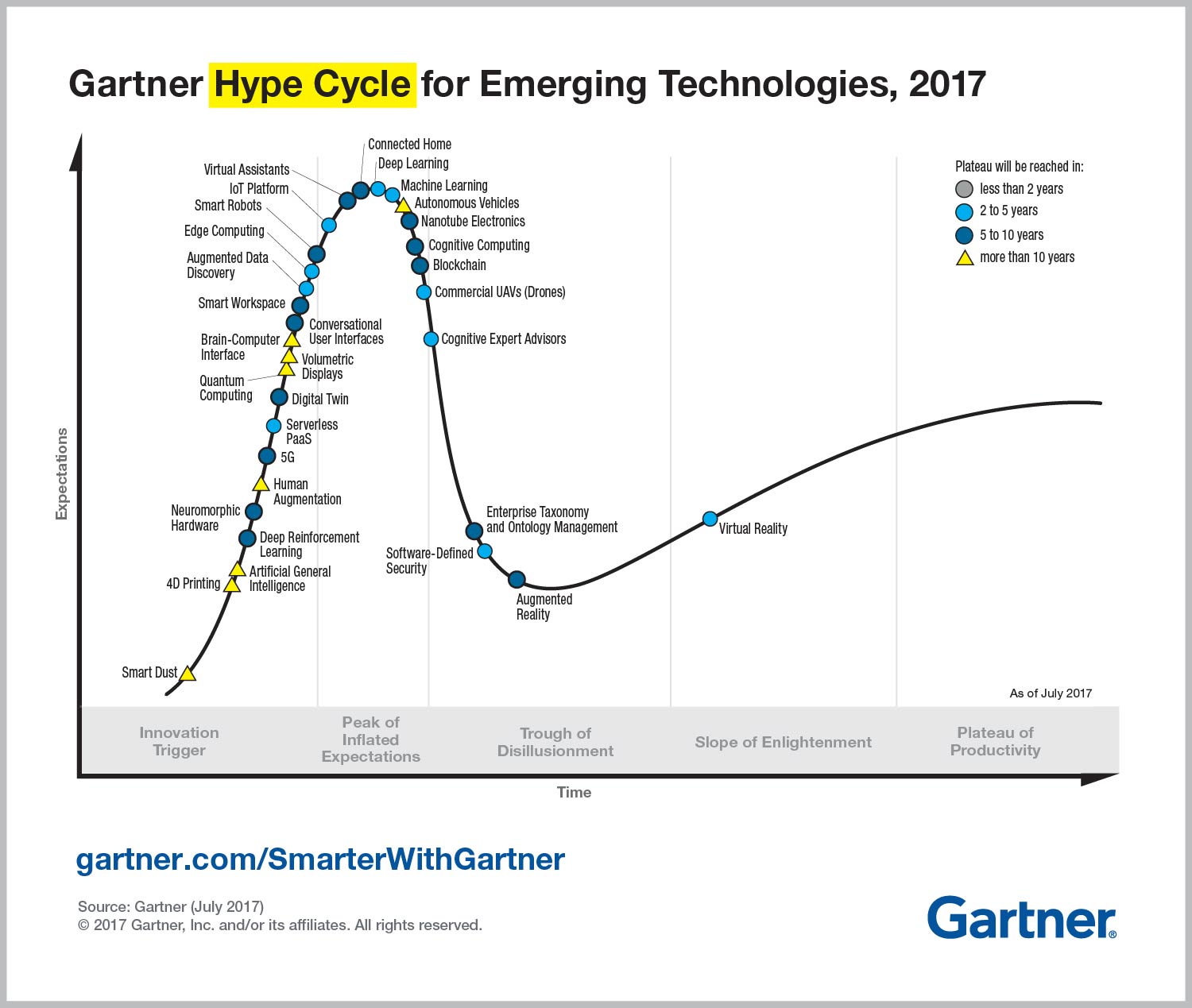



 Written by
Written by 


